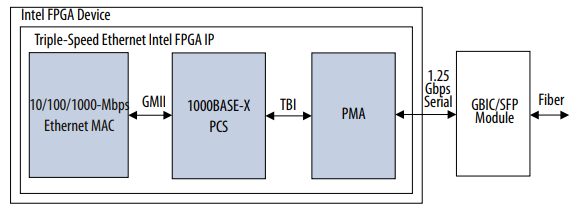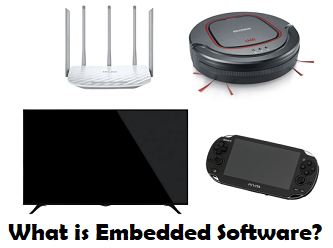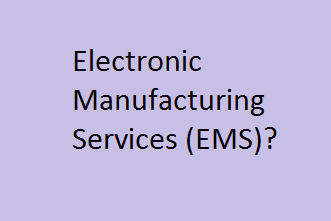This website uses cookies so that we can provide you with the best user experience possible. Cookie information is stored in your browser and performs functions such as recognising you when you return to our website and helping our team to understand which sections of the website you find most interesting and useful.
FPGA Ethernet Overview
22/02/2021, hardwarebee
What is Ethernet?
Ethernet is a Link Layer Protocol that exists between the physical and the data link layers. If you are familiar with LANs, or Local Area Networks, then you must be familiar with the Ethernet as the two are used together very frequently. It is also used with metropolitan area networks and wide area networks, known as MAN and WAN respectively.
When it comes to communication over the Ethernet, the data stream is divided into smaller bits that are called frames. Every single frame has a source address, a destination address, and error checking capabilities. The error checking data allows the system to make up for any frames lost during the transfer.
The Ethernet is extremely critical for the internet as it carries the Internet Protocol over it. It is also used widely across various niches and industries as well as in homes.
FPGA Ethernet Applications
Some say that after 30 years, FPGA technology has finally found its sweet spot: Server Applications. It’s not a secret that Intel and AMD has acquired Xilinx and Altera to help them bring a compelling solution to the server market. Ethernet (and high-speed interface) is a key to this market because it’s interface between the various elements in a server application. Therefore, a high-performance FPGA with a high-speed Ethernet capability it a key to winning this market.
Ethernet with FPGA
With the capabilities and functionalities of FPGAs growing as quickly as ever, it is no surprise that these chips are finding applications across newer capacities. Due to their high performing nature, FPGAs are commonly being used as accelerator devices for functions that require high computational power.
Subsequently, if the FPGA is to be connected to an external source like a server to offload some of its functions, you will require some form of interconnect technology. Both Altera (Intel) and Xilinx (AMD) provide integrated Ethernet capabilities to support high speed Ethernet connectivity for copper wire and fiber optics.
Figure 1 and 2 show an example of the two leading FPGA companies Ethernet capabilities.
Figure 1: Xilinx (AMD) Ethernet Support on FPGA
Figure 2: Altera (Intel) FPGA Block Diagram Showing Ethernet Interface
Communication Between FPGA and Ethernet
In order for two different types of platforms or devices to interact with each other, they need to have a common interface that allows them to communicate. This is the physical layer that connects the two and converts the signals coming from the FPGA into ones that are suitable for the Ethernet. The vice versa is also applicable. In recent years, FPGA vendors have in included the physical interface (e.g. PHY) inside the FPGA chip eliminating the need for an external chip and therefore reducing the overall solution size and risk in designing high speed signals.














